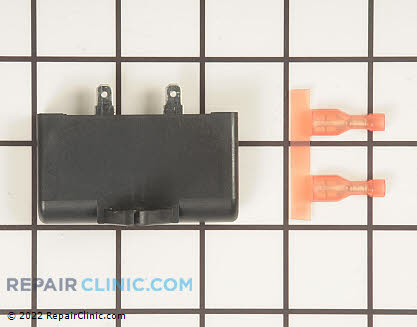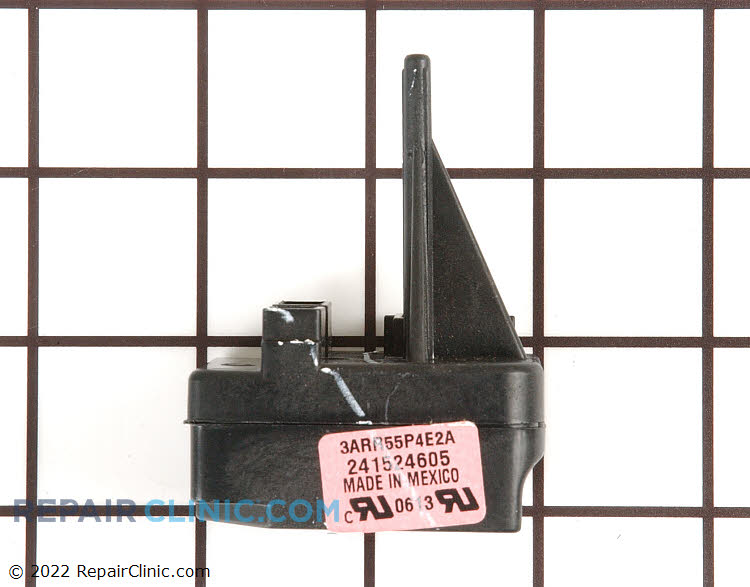It is way easier if you got a lift and can pull the rear wheel. HOWEVER, if you pull the wheel you gotta reset the alignment and tension the belt. I wouldn't try doing that without the $65 service manual. You can do it without pulling the wheel but you need hands the size of a 5 yr old girl!
1.Pull the seat off the bike
2. Unplug the ECM.
3. The ECM is held in place by two plastic tabs. Remove it from the bike.
4. The plastic thinggy that held the ECM comes off the fender. On the side closest to the tank there is a little slot. Stick a flat screw driver in there and push it toward the back of the bike while lifting up on the front with your fingers. It should pop right out. This will give you access to wires and seat post bolt.
5. There are three wires that you have to unplug. One for each signal and one for the license plate light.
6. The wires are routed along the inside of the fender in plastic clips. Slide the wire either straight up or straight down to slide it out of the clips. Up or down depends on the clip, they stagger directions. Three clips to a side.
7. The turn signals have a nut holding them on. loosen the nut on the inside of the fender. This is where you need dinky little hands. The space between the tire edge and the nut ain't much.
8. Unscrew the bracket at the rear of the fender from the fender.
9. Unscrew the seat post.
10. Unscrew the side screws, and lift off the side frame covers.
11. The fender should be free.
--------------------
Get your proper torques tips, phillips head screwdriver, and i believe a 1/2" box end wrench, remove the seat. you can just unsnap the ecm and flip it off the fender onto the frame where the seat was, remove the tail light two small philips head screws, unplug 3 connectors, remove larger philips head scre in the middle of the chrome light trim piece. this will give you room to be able to look through the square where the light was and see the nuts that go on the bolts that pass through the struts. place the box wrench on the nut and the torques on ur ratchet and remove, take the chrome strut covers off, pull the wires for the signals through the holes, then disconnect the plug for the harness that pass under the fender to the rear lighting.
----------------
Just be very careful when removing or installing the rear fender and take your time when you have the fender between the fender struts. It's easy to scratch the fender.
---------------
The only problem I had was getting the damn bolt out under the seat, the nut is on top of the fender, the bolt comes through from underneath. I grabed a 1/4" ratchet, an extension bar, the swivel jont topped with a 1/2" socket, I was able to thread it through from the side of the fender to get a good hold on the bolt head, while lying on my side I was able to reach up and loosen the 1/2" nut on top of the fender.
The nuts holding the fender to the fender rails are easiest to get with a 1/2" box wrench (ratcheting are even better!).
That main bolt was very difficult to get, that I'm thinking of welding a nut in place under the fender and bolting it from up top.
-----------------
To prevent accidental start-up, I needed to disconnect power from the battery. The seat would have to come off first. I removed the screw behind the seat to detach it from the rear fender

-------------
I pushed the seat forward to release the keyhole from post on the frame, then lifted up on the seat to release it completely from the frame.

------------
Next, I needed to remove the left side cover to get to the battery. After gently pushing down on the cover's top to release it from the latches, I then simply lifted it off, as shown here

------------
The instructions call for disconnecting the negative battery cable (black). Since it was easier to get to the positive terminal, I unthreaded the bolt and removed the positive battery cable (red) instead. A shop cloth will be stuffed there to keep the cable from gravitating back to its position

--------------
Now it was time to remove and disassemble the turn signals. The instructions call for completing the following procedures on one side of the bike before starting the other side. I started by removing the screw from each side of the taillamp lens.

-----------------
Using a terminal pick, I depressed the locking tab on top of each turn signal connector to release the connectors from the taillamp base.

--------------
Next, I took off the existing license plate bracket by removing the screws on the bracket. The instructions call for then removing the screws under the bracket attached underneath the fender. Don't forget to retain the hardware for the license plate bracket kit installation.

-----------------
--------------
the three screws were fully tightened under the fender holding the license plate bracket turn signal bar. As you tighten the bolts, check that the turn signal bar and plate bracket are square to the fender.

----------






























 Their main job is to power compressors and fan motors on various equipment. On a home unit the contactor is almost always a 24 volt, 2 pole, 30 amp one. Some smaller units have what is known as a pole and a half. or 1.5 poles. The coil pulls down only one side of the contactor, while the common leg has a straight bar across it. On home units smaller thermostat wires connect to the 24 volt coil powered by a
Their main job is to power compressors and fan motors on various equipment. On a home unit the contactor is almost always a 24 volt, 2 pole, 30 amp one. Some smaller units have what is known as a pole and a half. or 1.5 poles. The coil pulls down only one side of the contactor, while the common leg has a straight bar across it. On home units smaller thermostat wires connect to the 24 volt coil powered by a 












 The part you need is wh49X10041
The part you need is wh49X10041